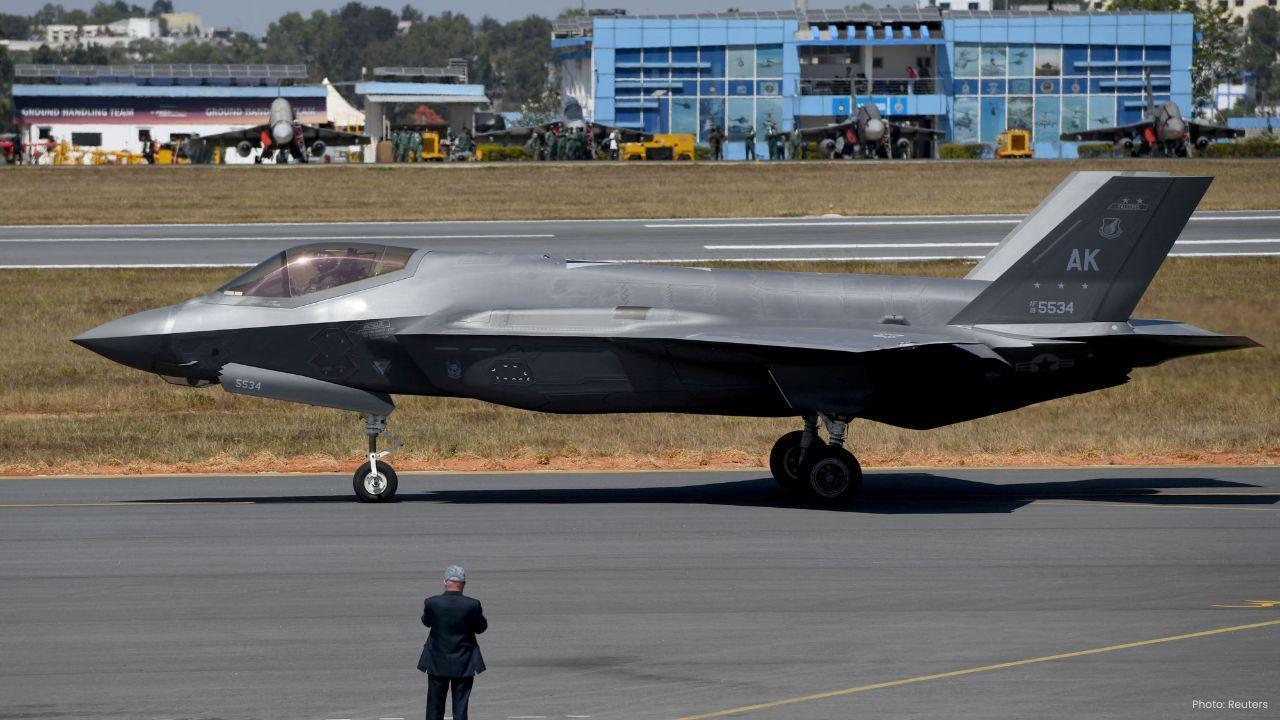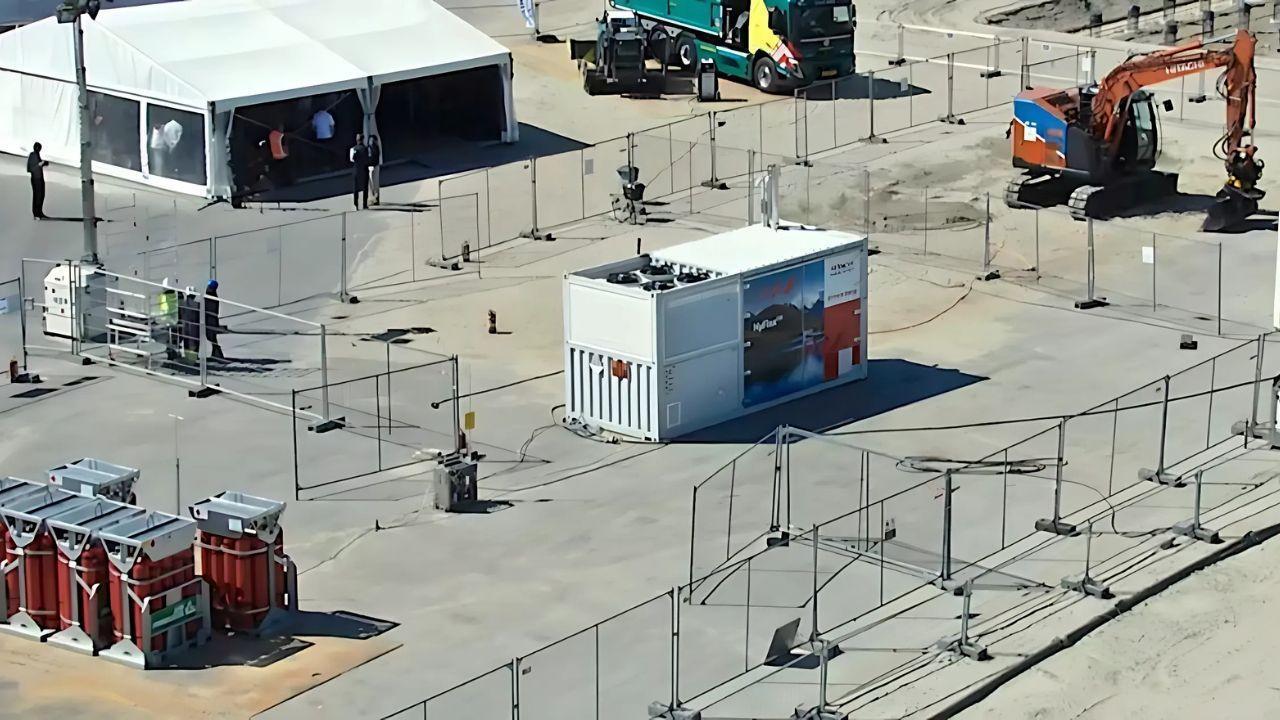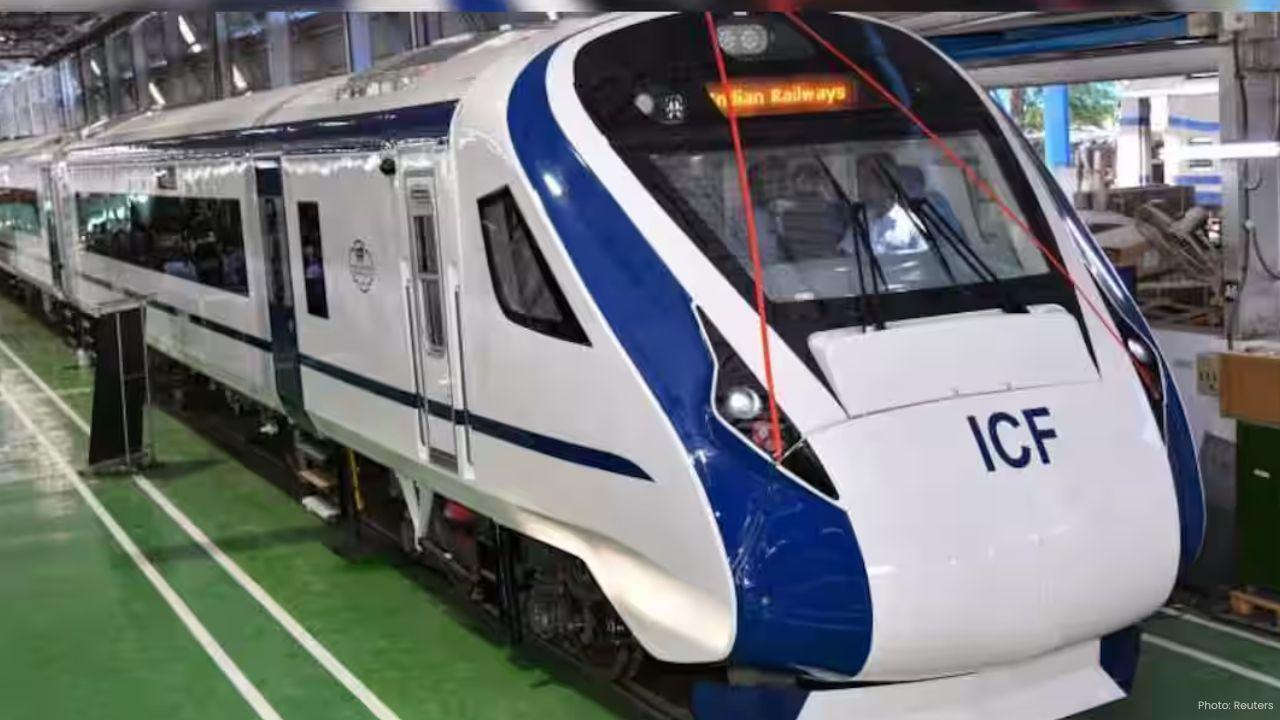
Post by : Armust Desk
In a significant development in global defense cooperation, Russia has begun studying the investments required to produce its advanced Su-57 fifth-generation fighter jets in India. This initiative reflects the growing defense partnership between the two countries and aligns with India’s "Make in India" program, which aims to strengthen domestic manufacturing and reduce dependence on imports for critical defense equipment.
India has been actively modernizing its Air Force, and advanced fighter jets like the Su-57 are seen as essential to maintaining strategic balance in the region. The discussions between Russia and India highlight the long-standing military cooperation between the nations and point toward a future where India could locally manufacture one of the most advanced combat aircraft in the world.
India’s Need for Fifth-Generation Fighter Jets
The Indian Air Force has expressed the need for at least two to three squadrons of fifth-generation fighter jets to enhance its operational capabilities. These advanced aircraft are designed to outperform older models in terms of speed, maneuverability, stealth features, and combat versatility. India has several options for these modern jets, including the Russian Su-57 and the American F-35, but producing them locally would provide numerous strategic advantages.
The Su-57 fighter jet, developed by Russia, is a stealth aircraft that combines super-maneuverability, advanced avionics, and supersonic cruising capability. It is designed for both air-to-air and air-to-ground missions, making it highly versatile. India’s interest in producing these jets domestically underscores its ambition to maintain a technologically advanced Air Force while building indigenous defense capabilities.
Russia’s Investment Studies
To explore the feasibility of producing Su-57 jets in India, Russian defense agencies have started conducting detailed studies on the required investments. These studies aim to assess the financial, technological, and industrial resources necessary for local production. This includes evaluating the infrastructure needed, potential technology transfer agreements, and the possibility of collaboration with Indian defense manufacturing companies.
The investment study is not just a financial calculation. It also considers the complexity of transferring highly advanced technology, which includes sensitive military equipment and proprietary engineering knowledge. Russia’s goal is to ensure that production in India can meet the high standards required for fifth-generation combat aircraft while being cost-effective and sustainable.
Role of Hindustan Aeronautics Limited (HAL)
Hindustan Aeronautics Limited (HAL), India’s premier defense manufacturing company, is expected to play a central role in the potential production of Su-57 fighter jets. HAL has extensive experience in manufacturing Russian-origin fighter aircraft. It already produces Su-30MKI fighter jets under license at its Nashik facility, and this existing infrastructure could be adapted for Su-57 production.
By leveraging HAL’s facilities, India could accelerate production timelines, reduce costs, and ensure quality standards. HAL’s skilled workforce and experience with Russian aircraft manufacturing would provide a strong foundation for building the next generation of fighter jets domestically.
Leveraging Existing Facilities
In addition to HAL’s Nashik plant, India has other defense manufacturing facilities capable of handling Russian-origin equipment. These facilities could be utilized to streamline the production of Su-57 jets. By using existing resources, India can avoid the significant costs of building new infrastructure from scratch, while also ensuring faster production and delivery schedules.
This approach is in line with India’s broader defense strategy, which emphasizes self-reliance and indigenous production. By producing advanced fighter jets locally, India would reduce dependence on foreign suppliers and strengthen its strategic autonomy.
Strategic Implications for India and Russia
The potential production of Su-57 fighter jets in India has important strategic implications for both countries. For India, local manufacturing represents a step toward self-sufficiency in defense and the ability to maintain a technologically advanced Air Force. It also strengthens India’s position in regional security dynamics, where maintaining air superiority is a key factor.
For Russia, this collaboration reinforces its position as a leading global defense supplier and strengthens its longstanding relationship with India. The deal would also enable Russia to expand its industrial footprint abroad, generating revenue while fostering closer military and technological ties.
Additionally, producing Su-57 jets in India would allow both nations to jointly develop maintenance and upgrade capabilities, ensuring the aircraft remain operationally effective over the long term. This cooperation could extend beyond production to include training Indian pilots and technicians, establishing a comprehensive ecosystem for advanced fighter jet operations in India.
Economic and Industrial Benefits
Local production of Su-57 jets would have significant economic and industrial benefits for India. It would create jobs in high-technology sectors, from engineering and design to assembly and quality control. It would also promote the development of ancillary industries that supply components and materials for aircraft manufacturing.
The project would contribute to India’s vision of a robust defense manufacturing sector capable of meeting domestic demand while also potentially exporting advanced military equipment to other countries. This would enhance India’s strategic and economic influence in the global defense market.
Challenges and Considerations
While the prospects of producing Su-57 jets in India are promising, several challenges remain. Technology transfer for such advanced aircraft is highly complex, involving sensitive information and proprietary technologies. Both countries will need to negotiate agreements to protect intellectual property and ensure the secure handling of classified information.
Cost management is another critical consideration. Fifth-generation fighter jets are expensive to design, produce, and maintain. The investment studies conducted by Russia will provide insights into the financial feasibility of local production, helping India make informed decisions about procurement and production planning.
Russia’s exploration of producing Su-57 fighter jets in India marks a significant step in the defense collaboration between the two countries. The initiative aligns with India’s goals of modernizing its Air Force, achieving self-reliance in defense manufacturing, and strengthening strategic partnerships.
By evaluating investment requirements, leveraging HAL and other manufacturing facilities, and ensuring technology transfer, both nations aim to establish a sustainable and efficient production framework for advanced fighter jets. This move not only enhances India’s defense capabilities but also strengthens economic and industrial development, contributing to long-term national security objectives.
Russia, India, Su-57, fighter jets, Hindustan Aeronautics Limited










Vande Bharat Passenger’s Spitting Incident Sparks Nationwide Debate
A passenger spitting on the Vande Bharat Express floor sparks online debate on civic sense cleanline

OnTrac Introduces Ground Essentials Service for Affordable and Reliable Shipping
OnTrac launches Ground Essentials a new service offering cost-effective parcel delivery with up to 3

Breeze Airways Earns Five-Star Status as North America's Top Airline
Breeze Airways achieves a five-star rating marking it as North America's leading major airline for 2

Royal Enfield Cuts Prices on 350cc Bikes After GST Rate Reduction
Royal Enfield reduces prices on 350cc motorcycles from September 22, 2025, following GST rate cuts,

Viva ACP Boosts Bus Safety with Strong Lightweight Aluminium Panels
Viva ACP’s panels make buses safer lighter and stronger—saving energy and protecting passengers with

Steelpaint’s Stelcatec Coating Gets UK Rail Approval
Steelpaint’s Stelcatec coating approved by UK Network Rail for durable, fast, and effective protecti